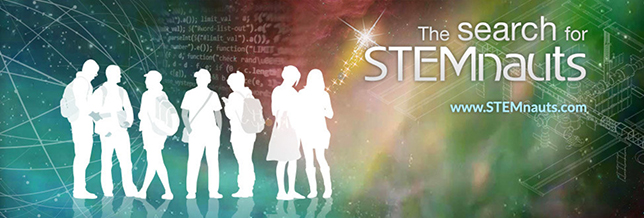
NASA and Texas Instruments (TI) today launched “The Search for STEMnauts,” a virtual scavenger hunt designed to ignite students’ interest in science, technology, engineering and math (STEM). Each week for the next six weeks, students in sixth through 12th grade will be challenged to solve space-related puzzles for a chance to unlock virtual reward points.
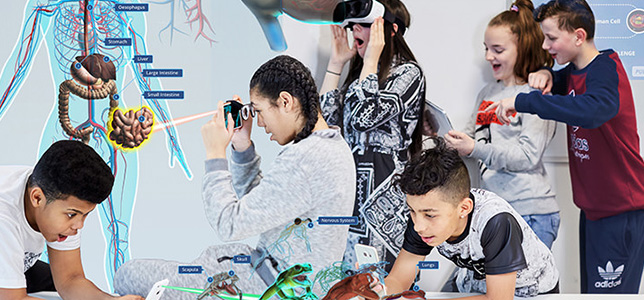
New location-aware “knowledge injections” on the cloud-based EON Reality Augmented Virtual Reality platform provide contextual knowledge in real time, helping users to facilitate a manufacturing, maintenance, repair or operation procedure, and more.
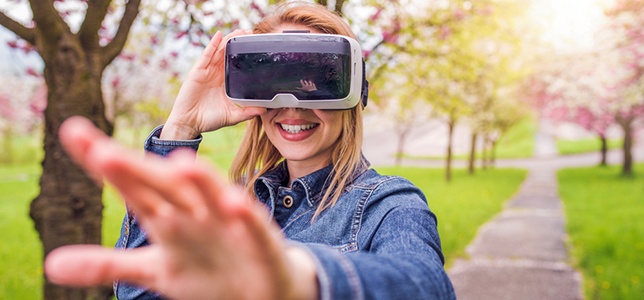
A new web program by Google allows users to explore the world in virtual reality (VR) by just speaking the name of a place. Speak to Go is activated by a user’s voice.
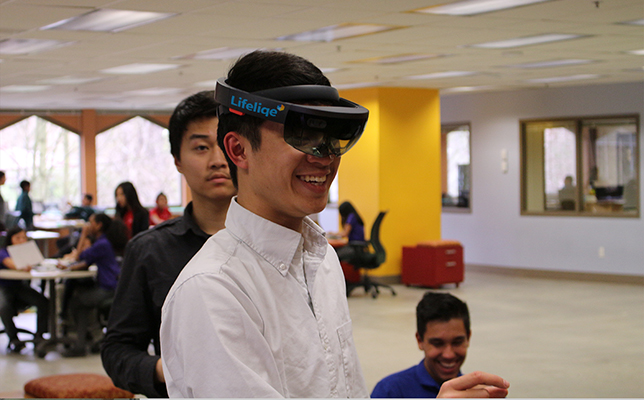
Lifeliqe, a San Francisco-based visual learning platform incorporating virtual reality (VR), augmented reality (AR), mixed reality and interactive 3D, is piloting mixed reality educational scenarios for Microsoft HoloLens in grade 6-12 classrooms.
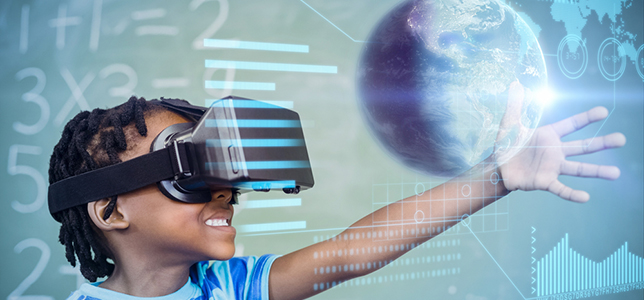
Virtual reality (VR) has found its way into the educational space, and by all indications, it’s here to stay. Since VR glasses can be obtained for as low as $10 apiece, cost is becoming less of an issue. Here are three guidelines toward introducing VR in e-learning courses.
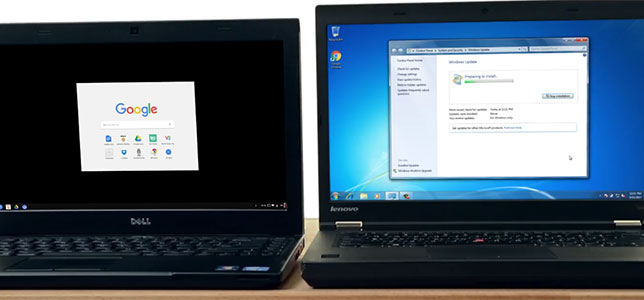
CloudReady, which Neverware developed in partnership with Microsoft, is intended to help districts run newer software and services on older machines, thereby extending their usage lives
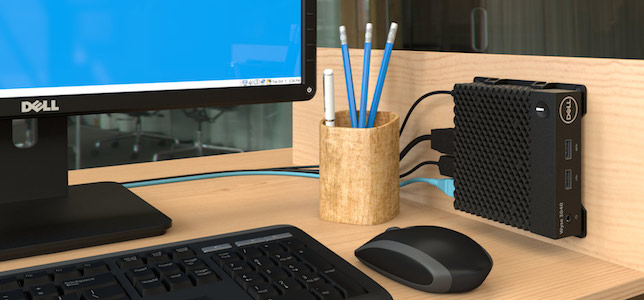
Dell has added a new model to its entry-level thin client series that enables light multi-tasking in a highly secure, easy to manage and space-efficient design.
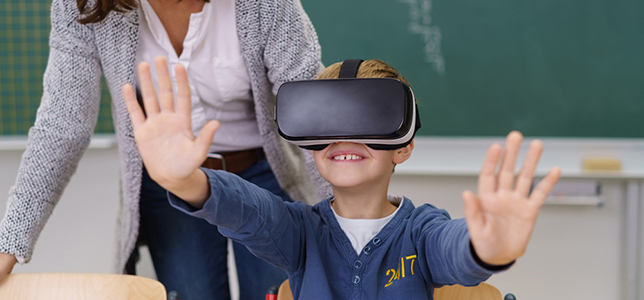
Here are three tips from an experienced teacher on successfully creating virtual field trips in the classroom.
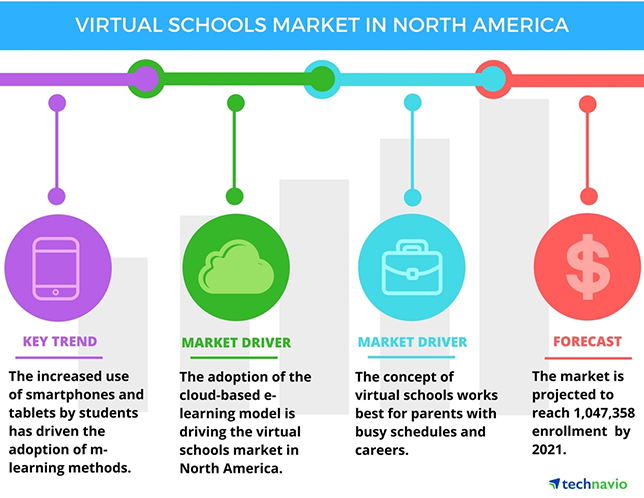
The virtual schools market in North America is expected to grow at a compound annual growth rate of almost 13 percent from 2017 to 2021, according to a new report by market research firm Technavio.
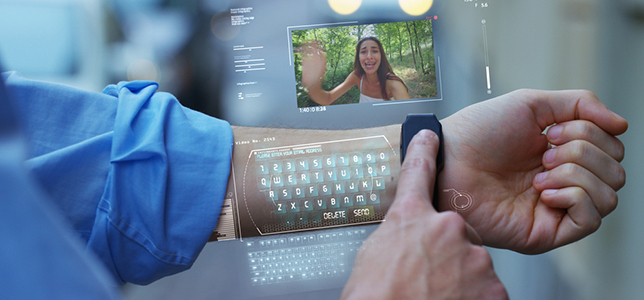
For augmented reality to succeed in education, there's more required than just cool experiences.